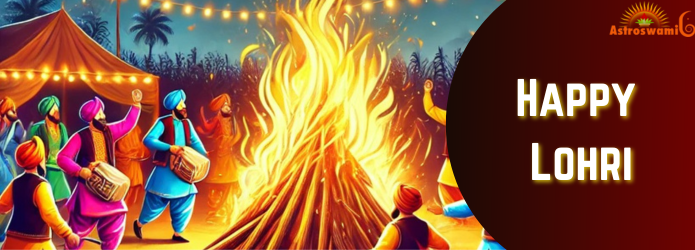
Lohri, one of the most vibrant and cherished festivals of North India, particularly Punjab, marks the end of the winter solstice and the arrival of longer days. Celebrated with great enthusiasm and fervor, Lohri is not just a festival but an embodiment of the cultural and social fabric of the region. As we prepare to celebrate Lohri in 2025, let's delve deeper into its history, significance, rituals, and the joy it brings to people's lives.
Lohri is traditionally celebrated on January 13th every year. This date marks the night before Makar Sankranti, a festival that signifies the sun's transition into the zodiac sign of Capricorn. Lohri is deeply rooted in agrarian traditions and is particularly significant for farmers. It is celebrated to mark the harvest of rabi crops, especially sugarcane, wheat, and mustard.
The festival also has historical roots in folklore. One of the most popular legends associated with Lohri is the story of Dulla Bhatti, a heroic figure from Punjab. Dulla Bhatti is remembered for his acts of bravery and kindness, especially his efforts to rescue young girls from being sold into slavery. During Lohri celebrations, songs dedicated to Dulla Bhatti are sung, keeping his legacy alive.
Lohri is a festival that brings families and communities together. The celebrations typically take place around a bonfire, symbolizing warmth, light, and the triumph of good over evil. The bonfire is the centerpiece of the festivities, where people gather to sing, dance, and offer prayers.
Bonfire Ceremony: The lighting of the bonfire is the most significant ritual. People offer til (sesame seeds), gud (jaggery), gajak, popcorn, and moongphali (peanuts) to the fire as a way of thanking nature for its bountiful harvest.
Traditional Songs and Dances: The evening comes alive with the beats of dhol and the rhythm of bhangra and giddha. Traditional Punjabi songs, often narrating tales of love and valor, are sung around the bonfire.
Exchanging Sweets: Sharing sweets like rewri, gajak, and jaggery-based delicacies is an integral part of the celebrations, symbolizing goodwill and togetherness.
Special Feast: Lohri is incomplete without a sumptuous Punjabi feast. Sarson da saag, makki di roti, and other traditional dishes are prepared and enjoyed with family and friends.
Lohri is also considered an auspicious occasion to celebrate new beginnings. It holds special significance for newlyweds and newborns. Families of newlyweds or those blessed with a child often host grand celebrations, inviting relatives and friends to join in the joy. These special Lohri celebrations are marked by elaborate rituals, gifts, and blessings.
As we step into 2025, Lohri continues to evolve while retaining its traditional essence. Urban lifestyles have brought changes in the way the festival is celebrated. Many families now host Lohri parties in modern settings, combining traditional customs with contemporary entertainment.
Technology has also played a significant role in modern Lohri celebrations. Social media platforms are flooded with wishes, photos, and videos of people celebrating the festival. Virtual celebrations have become a trend, especially among families separated by distance.
However, the core values of Lohri—gratitude, togetherness, and joy—remain unchanged. In 2025, Lohri celebrations are expected to be grander, with communities finding innovative ways to keep the spirit of the festival alive.
In recent years, there has been a growing emphasis on celebrating Lohri in an environmentally conscious manner. The traditional bonfire, while symbolic, can contribute to air pollution. Many communities have started using eco-friendly alternatives, such as smaller fires or symbolic LED lights, to celebrate the festival responsibly.
Additionally, there is a focus on reducing waste and promoting sustainable practices. Using biodegradable materials for offerings, avoiding single-use plastics, and ensuring minimal food wastage are some of the steps being taken to make Lohri celebrations more eco-friendly.
As Lohri approaches in 2025, the excitement and preparations begin weeks in advance. Markets are bustling with colorful items like kites, traditional attire, and festive sweets. Families come together to clean and decorate their homes, creating a warm and welcoming atmosphere.
The festival is also a time for introspection and gratitude. It is an opportunity to reflect on the blessings of the past year and look forward to a prosperous future. Lohri reminds us of the importance of staying connected to our roots, celebrating our heritage, and cherishing the bonds of family and community.
Lohri is more than just a festival; it is a celebration of life, nature, and human connections. As we gear up to celebrate Lohri in 2025, let us embrace the spirit of the festival with open hearts and joyous minds. Whether through traditional rituals or modern adaptations, the essence of Lohri—gratitude, warmth, and togetherness—continues to inspire and unite us.
So, gather around the bonfire, sing and dance to the tunes of Punjabi folklore, and share the sweetness of rewri and jaggery with your loved ones. Let Lohri 2025 be a memorable celebration of joy and prosperity for all.

Sawan or Shravan month has its own religious significance in Hindu mythology. This month of Shravan is the auspicious time that is celebrated in the w...

Shattila Ekadashi 2025: It is a substantial question when you will break your fast? The ritual which includes breaking the fast is called Parana....
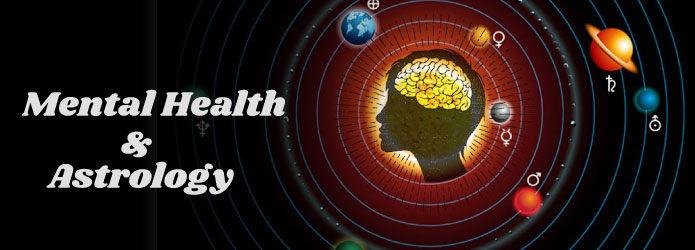
The mind is represented by moon, its placement, condition and afflictions in the birth chart. ...
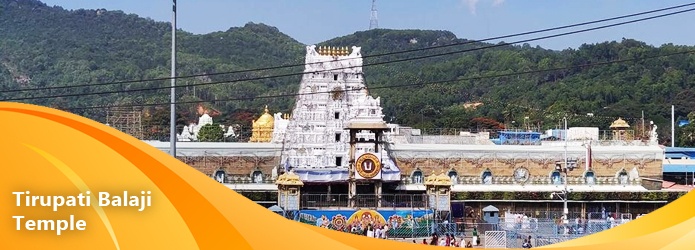
Tirupati Balaji Temple is one of the richest temples located in Andhra Pradesh....
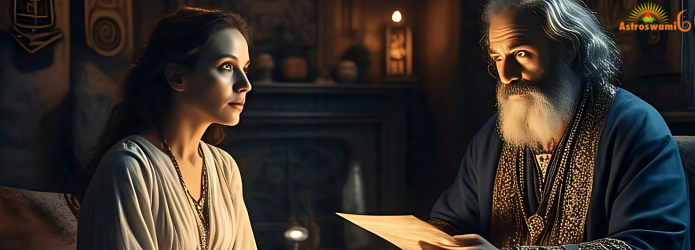
Life is full of questions—some easy, some confusing, and some deeply personal. Whether you're unsure about your career, love life, or health, astrolog...
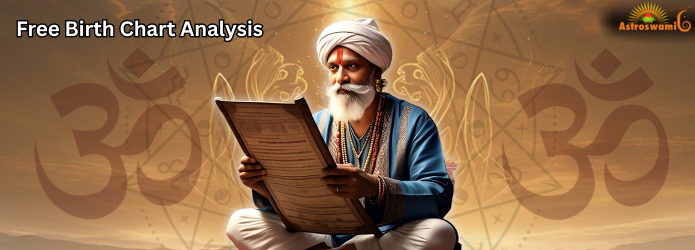
This guide will help you understand what online kundli checking is, how it works, and why it’s a powerful tool for self-discovery and future planning....

Best Marriage Muhurats in July, August, September, October and November 2025 are 2nd, 3rd, 6th, 8th, 12th, 13th, 16th, 21st, 22nd, 23rd, 25th and 3...